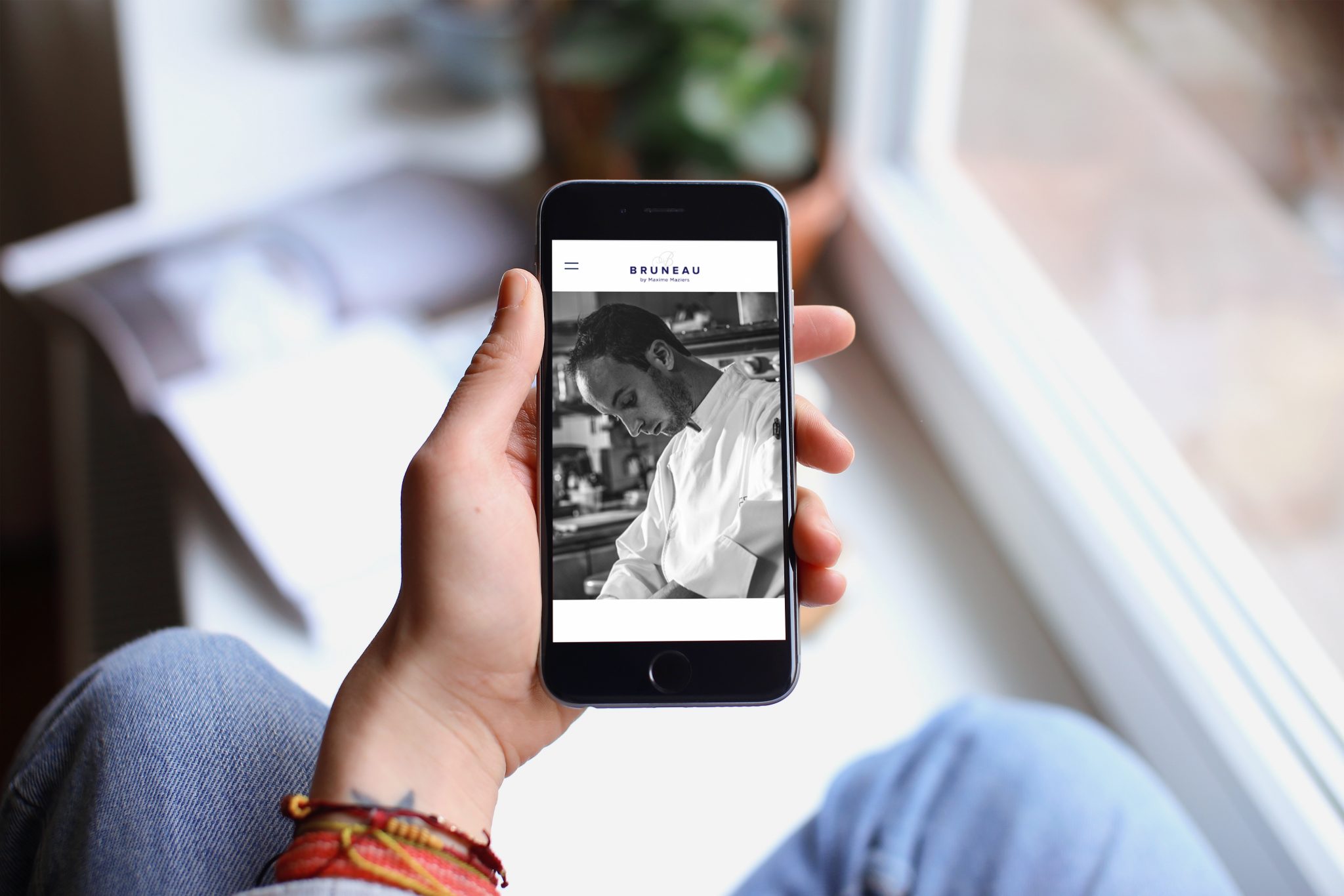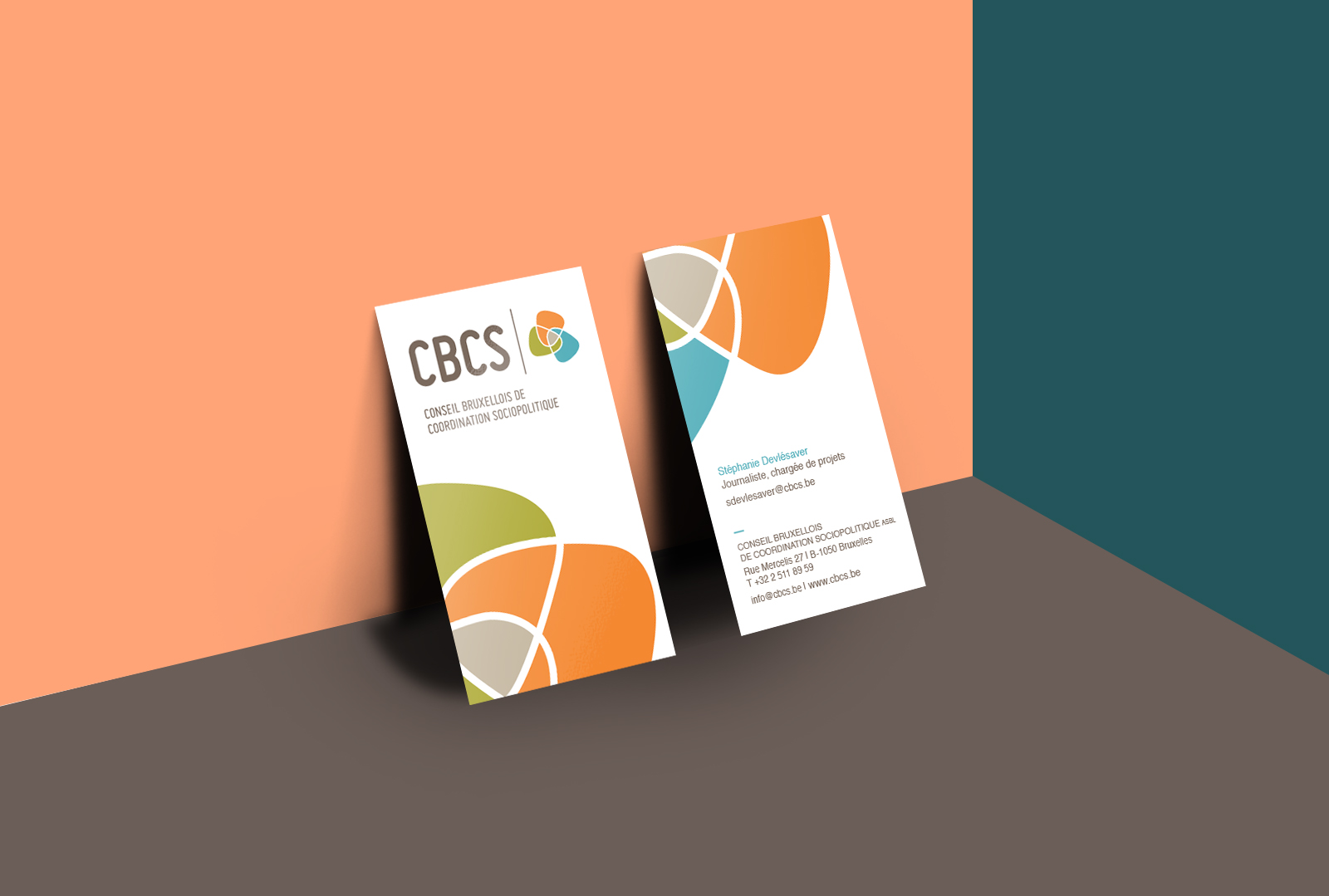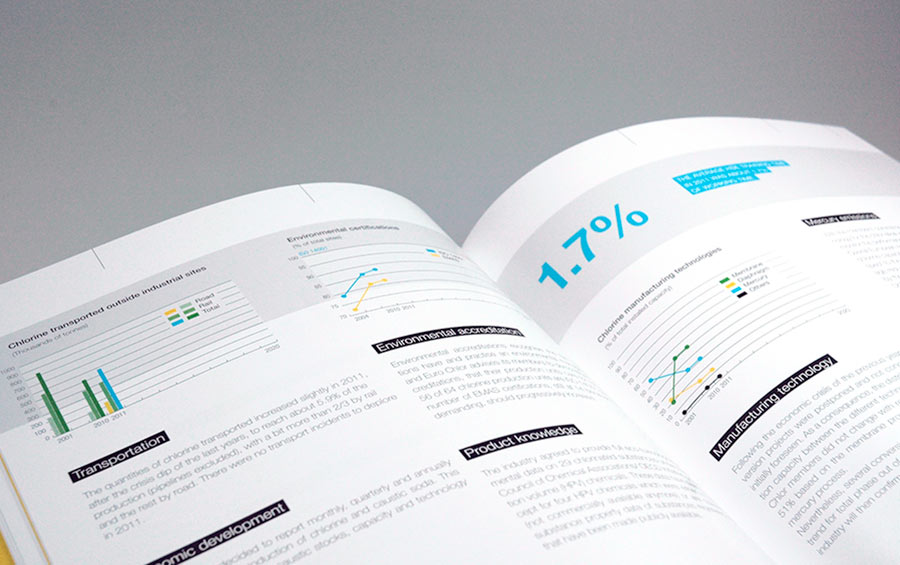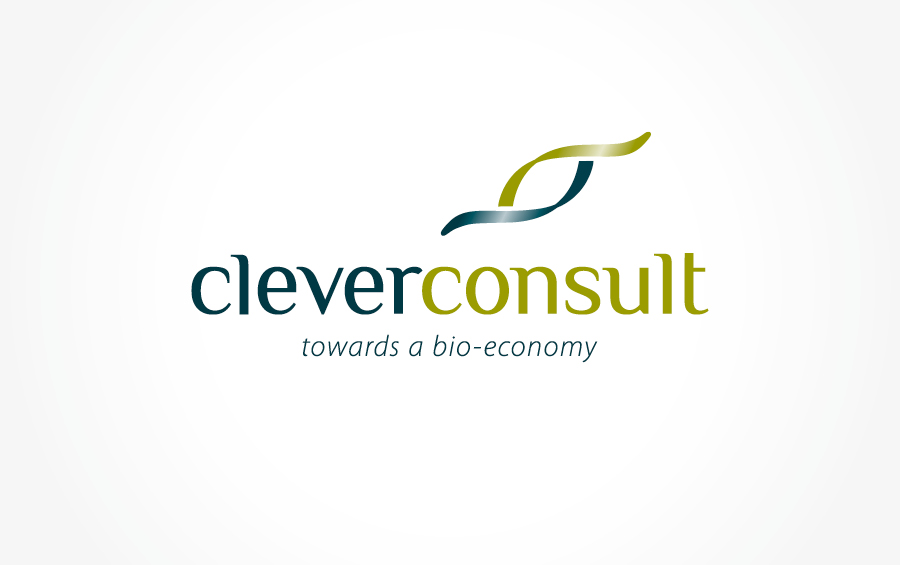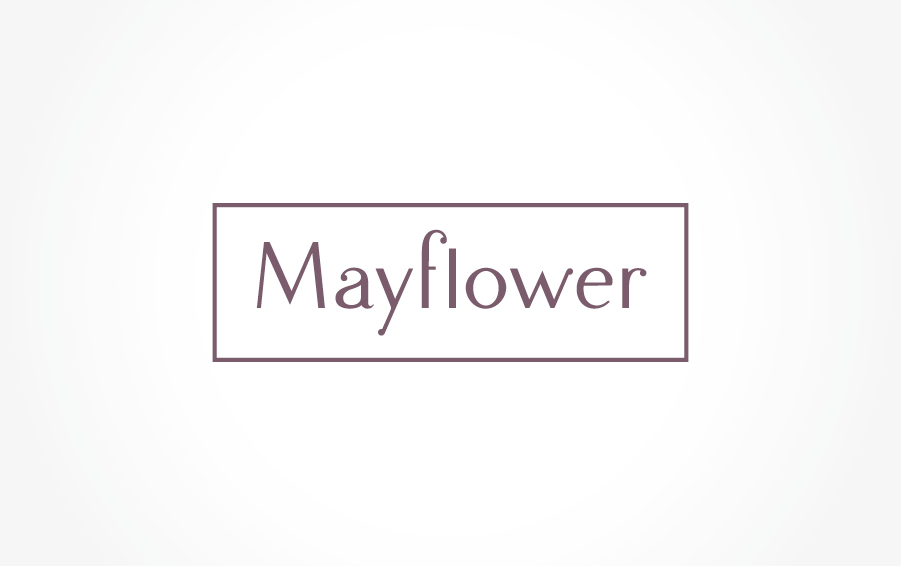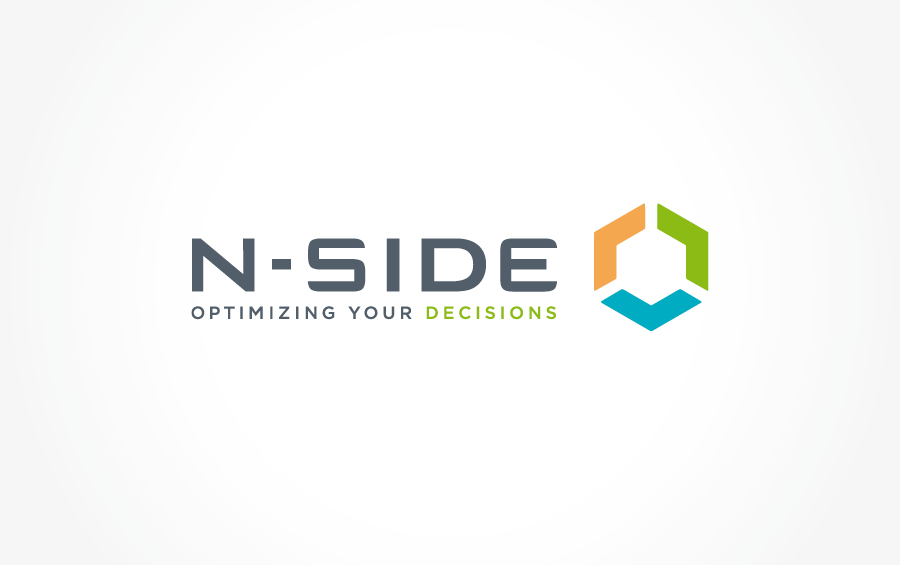Advices
BRANDING: ESSENTIAL STRATEGIC POSITIONING
In the global markets where competition is constantly developing, it’s easy to go unnoticed… therefore, focusing on ‘brand’ identity, enables a company or organisation to differentiate its business from that of its competitors.
Strengthening your brand image
Brand — is an English Teutonic word — derived originally from the act of burning, then latterly, the pressing or stamping of an image, into or onto a surface… whether it be the hindquarters of cow, a precious metal, or the protective cover of a car engine.
In modern parlance, Branding means establishing ownership or an identity through its marque — the ‘symbol’ of a process, concept, or manufacture, whether personal or corporate — which constitutes a set of visual elements that define the identity of your project, your products, and of your services.
Nowadays, it is often the ‘logo’ that we think of first — this hopefully unique symbol, be it a word, set of characters, or an image. A distinct logo that encompasses the blending of a multitude of other aspects: your personal or company name, style of font, distinct shape, or illustration, and often most importantly, choice of colours.
As well as their use and variation on all aspects of the ‘brands’ communication methods — whether inhouse or externally throughout a particular sector of the relevant market — the encompassing term ‘Media’, must convey the general image of your own brand to reinforce its values and to register positively in the mind of the consumer, as well of course, as your own vital workforce.
Communicate a direct message
In order to serve your strategic positioning and stand out, your ‘graphic design charter’ must visually convey the values and philosophy of your company and its brand.
By delivering the right message to your target audience, you’ll increase the chances of connecting with them and giving them the perfect opportunity to identify with you.
In that initial contact with your customers, branding allows them to get an idea of both your company’s principles and personality at first glance, triggering those active emotions that will lead them into the most modern of competitive markets in this digital world.
Branding… and re-Branding
If your business has been around for some time, maybe you feel the need to boost its individuality, its novelty, perhaps even its corporate personality? Making some fine adjustments — whilst remaining as close as possible to your current business ethics and portfolio — can provide the solution.
Revising your logo graphics may give you the opportunity to breathe new life into it.
This change of course can sometimes be as delicate as remaking a butterfly’s wings — every vein of strength, every placement of pattern, every tint of colour, — significant.
Never be either reticent or hesitant to get help from a professional team — a team that’s prime purpose is to create perfection in design.
Using a graphic design office could be the best way to develop or revise your brand image. Studio Witvrouwen, have been supporting individuals, organisations, companies, and institutions for over 30 years.
Always listening to their clients, the creative team work hard to synthesize their specific needs within the studio’s own unique vision.
The result, an iconic combination based on sleek graphics and insightful terminology that enhance recognition, readability and style while being original in its form.
Contact us!
On the right: branding project for Bruneau by Maxime Maziers
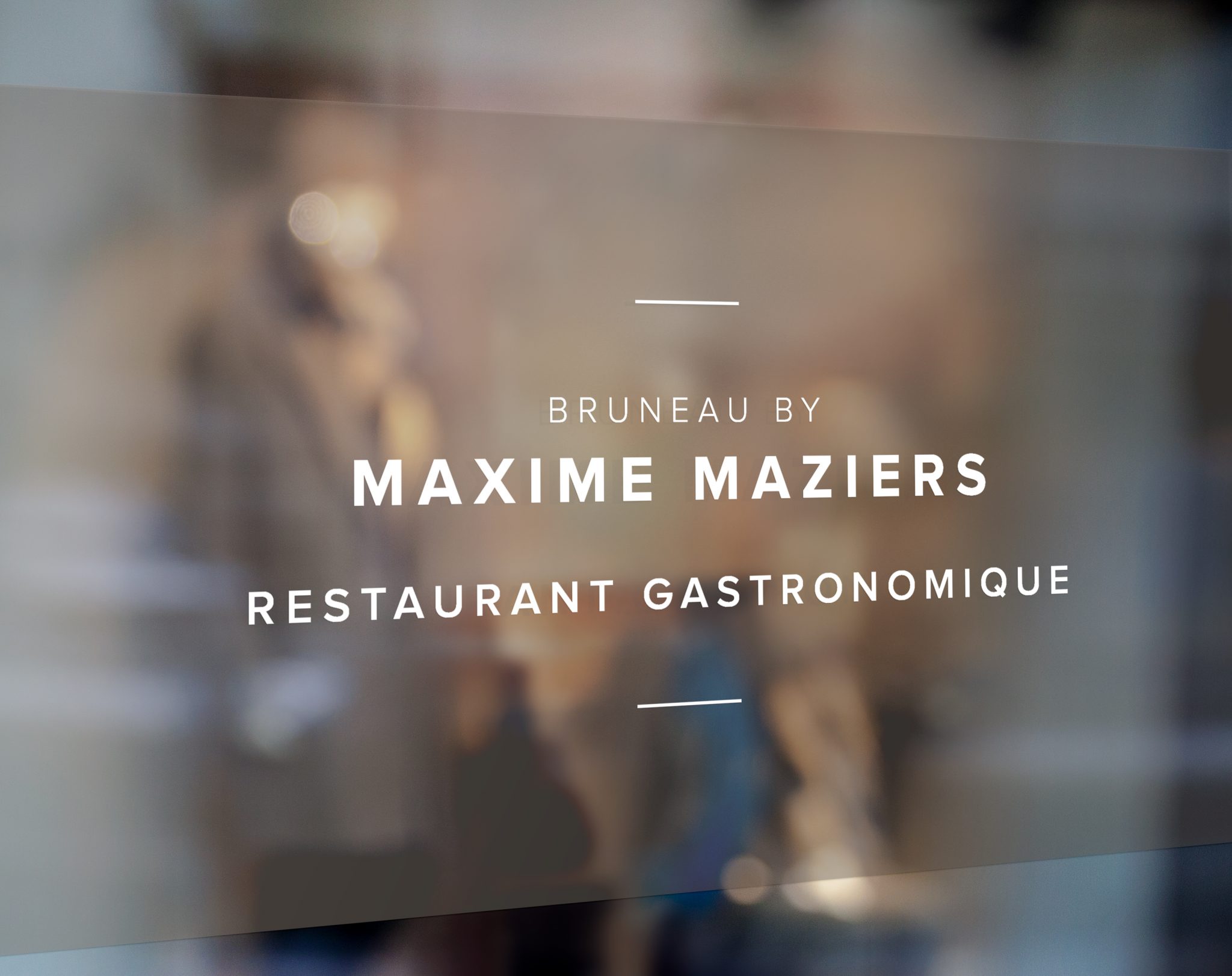
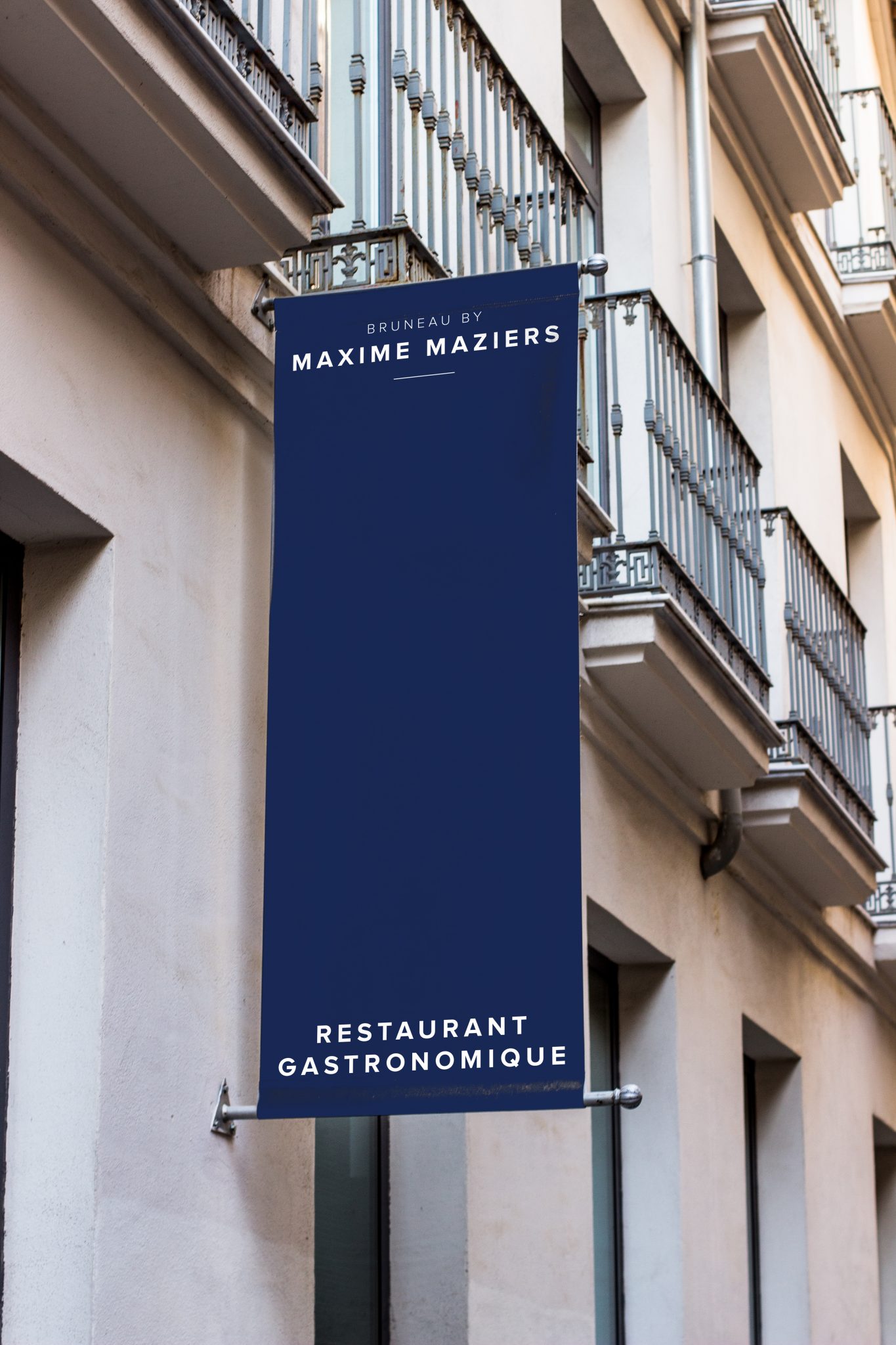
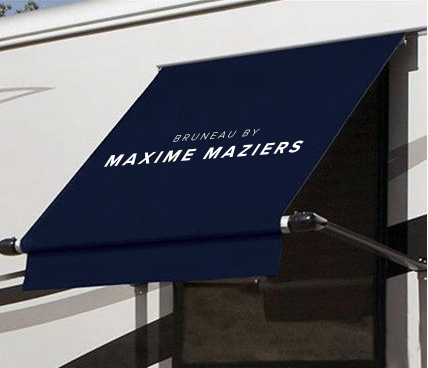
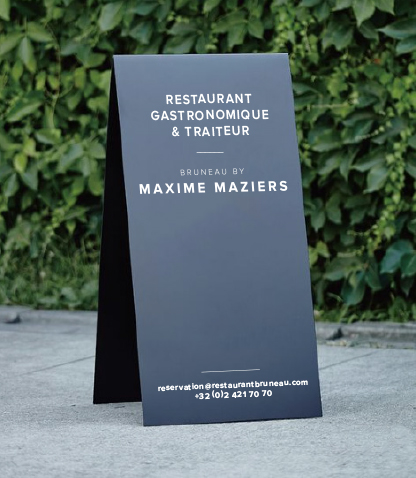
What is a graphic design creative brief and what is its function?
A high-quality creative brief allows the graphic designer to aim accurately when it comes to designing a communication project, no matter what the medium. What are the elements of a good brief?
What is a creative brief?
A creative brief is a document that provides the graphic designer with essential information for the execution of a communication project. The brief acts as a set of specifications or guidelines that must be as precise as possible between the client and the graphic designer. It is an essential element, without which it would not be possible to coordinate the conception of a graphic design job between a client and his graphic designer. The more concrete elements related to the communication project it includes, the more the result will fully correspond to the client’s expectations. It may even exceed them!
In which areas is a brief necessary?
The graphic designer can participate in the creation of a coherent identity in every aspect of communication: web, print, logo, invitations, invoices, flyers, advertising, banners, programs, white paper. The graphic designer knows from experience which technique should be used depending on the type of project and the medium. Even better: He alone guarantees the identity is consistent across the various media.
The essential questions for a good brief
The creative brief requires the involvement of the client, who will have taken the time to define his needs, his objectives, and the nature of the message to be delivered. Several essential questions need to be asked by and with the graphic designer in charge of your project.
- What is the brand, what does it do, and who are its customers?
- Who are its competitors?
- What is the purpose of the communication: information, reputation, sales, exposure of a product or service?
- Who is the target audience for the project in question?
- Which elements (words, texts, images) has the client already thought about beforehand?
- What is the provisional allocated budget?
To optimize the end result, it is necessary to take the time to think about the brand, its sector, its targets, and even the most suitable aesthetic trends.
The creative brief is the guarantee of an effective and profitable result for the client.
Do you have a graphic communication project in mind? Let’s talk about it and define the perfect creative brief to achieve it together. Contact us.
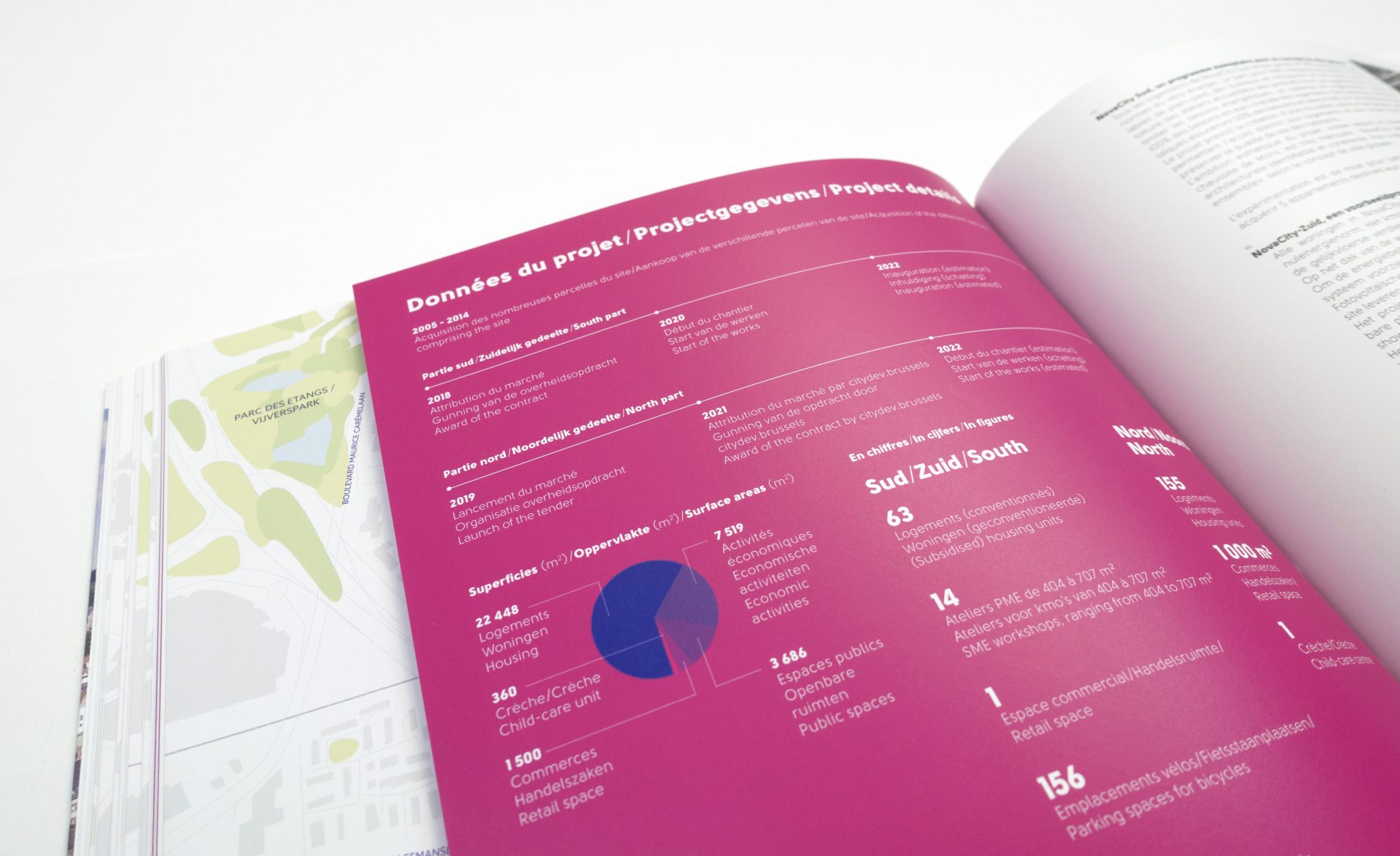
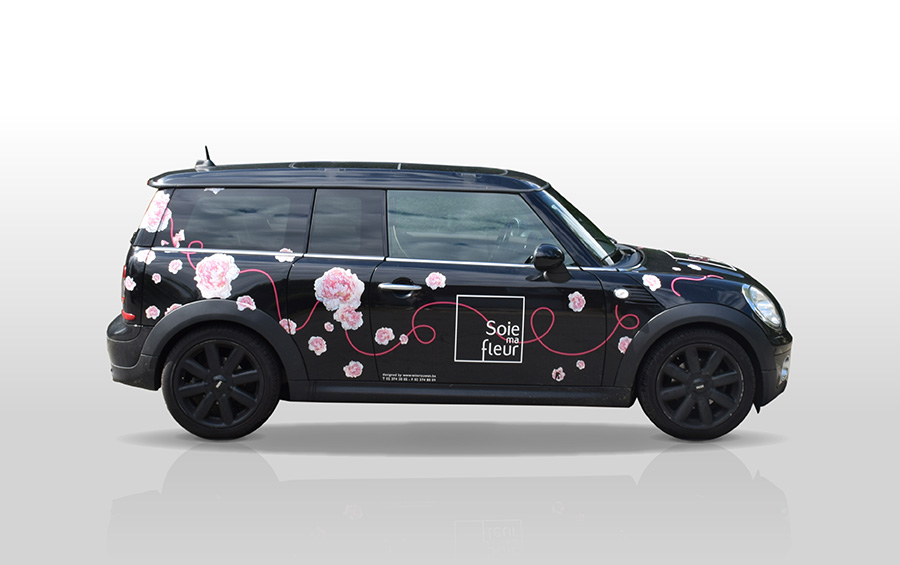
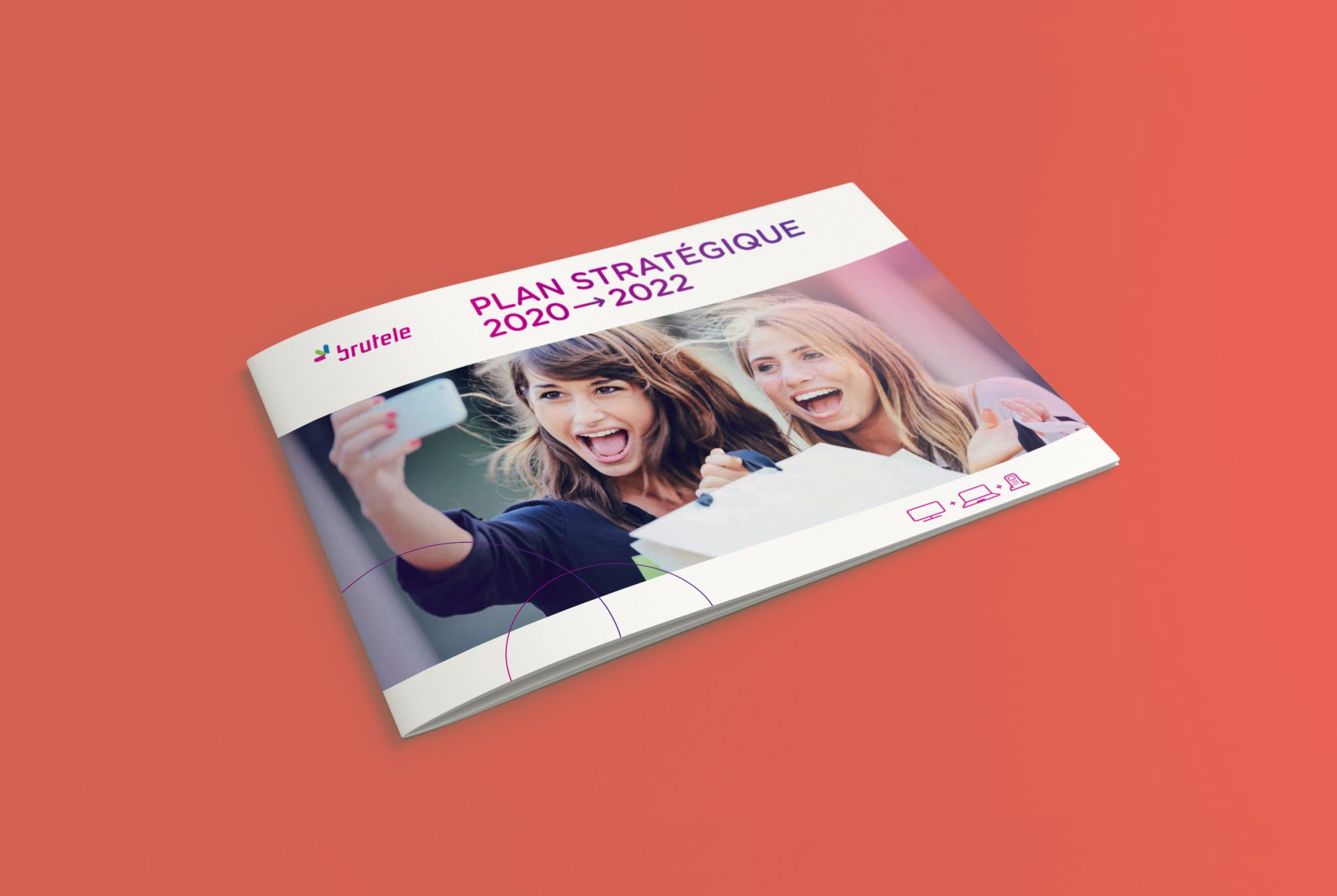
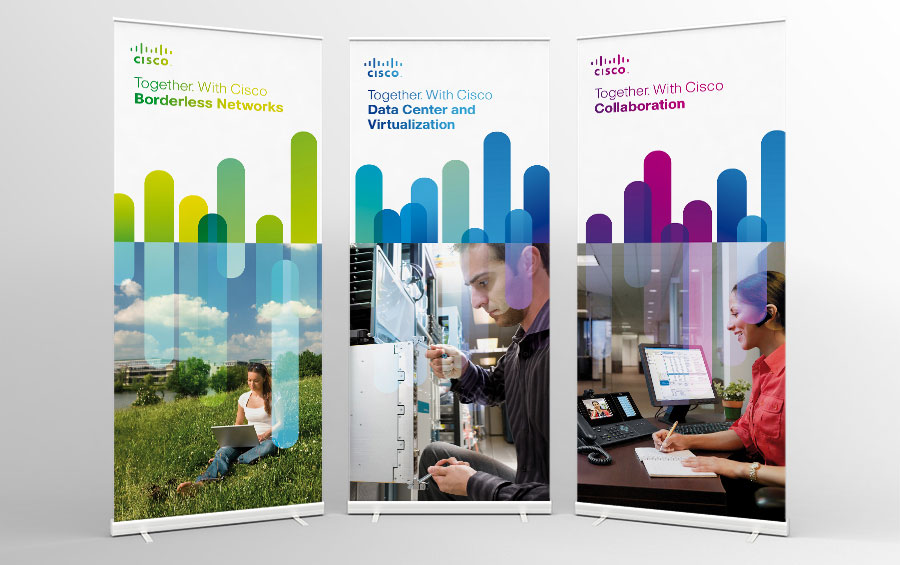
A (really) original greeting card: How to do it
The winter holiday season is fast approaching and the same question arises every year. Do you still have to send a greeting card to your customers and employees? The answer is yes. Even more so than ever. Here is why.
Greeting cards are not without interest. They are even a surprising consideration at a time of widespread digitalization. A greeting card publicizes your values, a style, and even a desire to be close. To stack all the odds in your favor this year, there’s nothing like a few smart tips to create the perfect card.
Don’t fall into oblivion
A genuine marketing and communication tool, the greeting cards you send to your customers and employees will allow them to remember you fondly. This reminder is not devoid of interest, as when an opportunity arises, your prospects will think of you first.
Increase your customers’ and employees’ loyalty
A note remains a special consideration in a digital and impersonal environment. You have taken the time to show your kindness and commitment to your customers and your employees. This gesture will not leave troop morale indifferent. It is even likely to strengthen your relationship in the long term. Retaining customers (and the best elements of your company) also requires personalized considerations.
Tend to your brand image
As always, your actions speak for you. Although sending a card is demonstrative of a dynamic and friendly company, an original and well thought out greeting card will convey the image of a creative company full of great ideas.
Adopt these three tips to stand out
Don’t run out of time. Adhere to these three expert rules to succeed with your 2020 greeting card operation.
- Don’t wait until the last minute to prepare it. The quality is at stake. Give yourself time and plan the design several weeks or even months in advance.
- Opt for paper, which is more personalized and pleasant than an umpteenth email in an already overflowing email inbox.
- Respect your branding. For a compelling and effective card, make it a point of honor to stand out from your competitors and convey your company’s brand image.
At Studio Witvrouwen, we are used to and, above all, have the honor of supporting companies with the creation of their greeting cards, as has been the case for many years.
Don’t hesitate to ask for our help to support you with this important task!

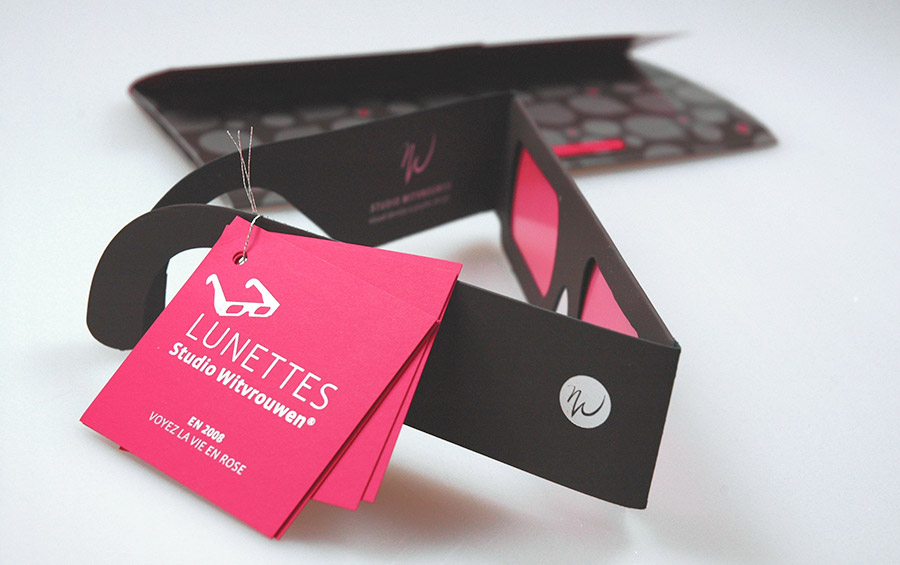
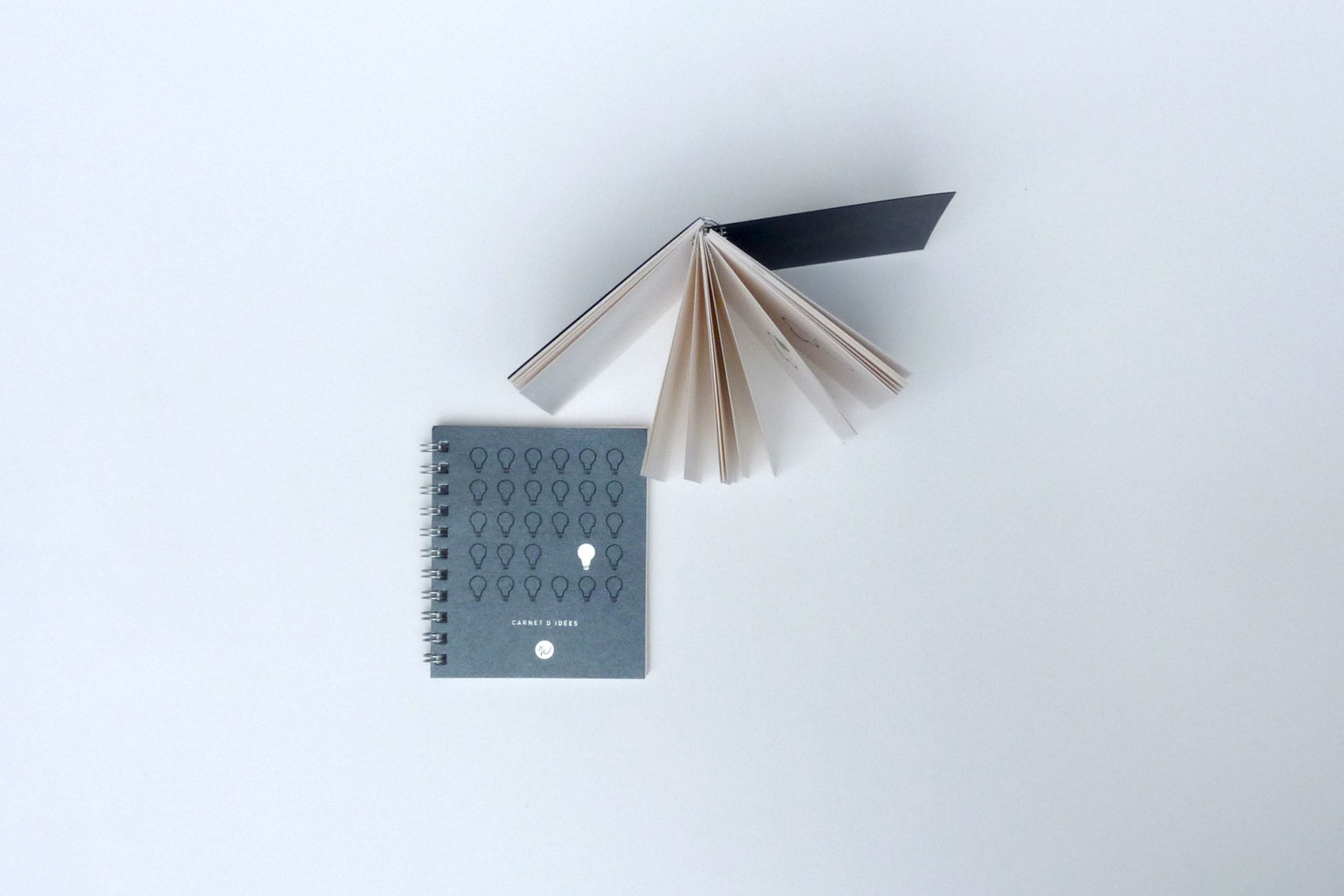
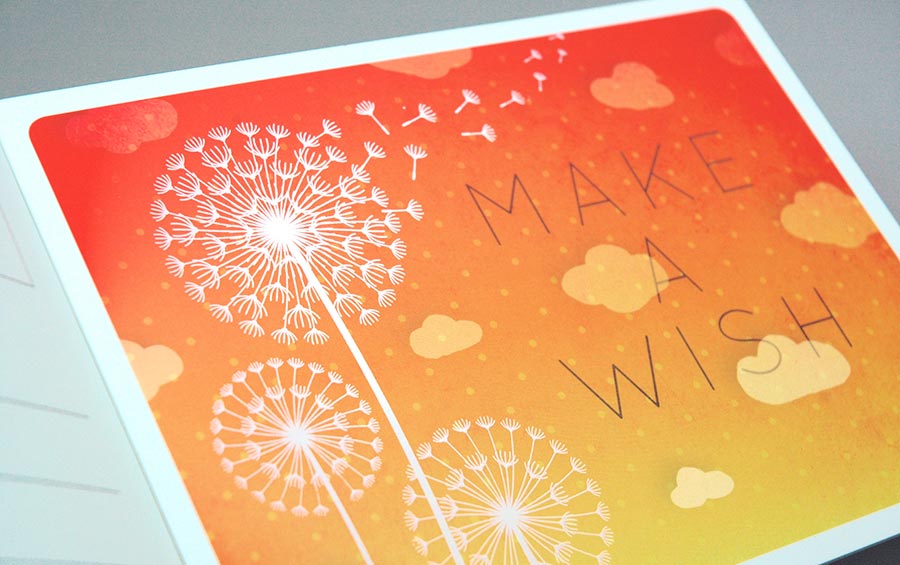
EFFECTIVE LAYOUTS: WHY AND HOW ?
Presentation documents, brochures, books and annual reports are all real tools for companies and their communication. In addition to their content, their layout plays just as fundamental and decisive of a role in how the information is perceived.
A high-quality layout effectively fulfills three tasks: making users want to look at the document while making it simultaneously easier to read and use. A few specific principles, esthetic guidelines and structuring tips make it possible to achieve these goals. Here are some of the elements we think compose an effective layout.
AN OVERALL CONSIDERATION
Before starting to prepare a document, there are a number of questions that help guide its creation. What is the goal? Who are the users of the document and how will they use it? Will they consult it on paper, or on a computer, tablet or smartphone? Will it be used only once, or will the users have to go back to look for information at a later time? The uses are decisive for its creation!
RESPECTING THE BRAND IMAGE
As it is an integral part of the branding, it goes without saying that the document you produce must be in line with the company’s brand image. From the logo to the choice of colors, consistency with the defined graphic style guide is key.
AN ATTRACTIVE COVER
This is the first point of contact with your readers. Even if it contains practical information you want to convey, it is important not to neglect the esthetic quality of the document, starting with the cover! The cover should make users want to read the content.
A CLEAR STRUCTURE
It is common to skim through a document to get an idea of what it contains or to search for specific information. That is why it is so important to capture the user’s eye and allow them to find what they’re looking for in an instant. It is paramount to rank information and translate that classification in the table of contents as well as via headings and subheadings.
HIGHLIGHTING
It is not always easy to come to terms with a large amount of text. That is why it is important to deconstruct the information by giving the reader points of reference, also called “lead-ins”, which make it easier to read. This work is facilitated by quotations that are framed and highlighted. For your figures, remember to use infographics and graphs!
RESPECTING THE GUIDELINES
A well-designed professional layout meets a number of criteria: using colors and fonts wisely and sparingly, respecting margins and spacings, providing the document to the printer in the right format, … nothing is left to chance!
Don’t hesitate to call on Studio Witvrouwen for your next professional document layouts!
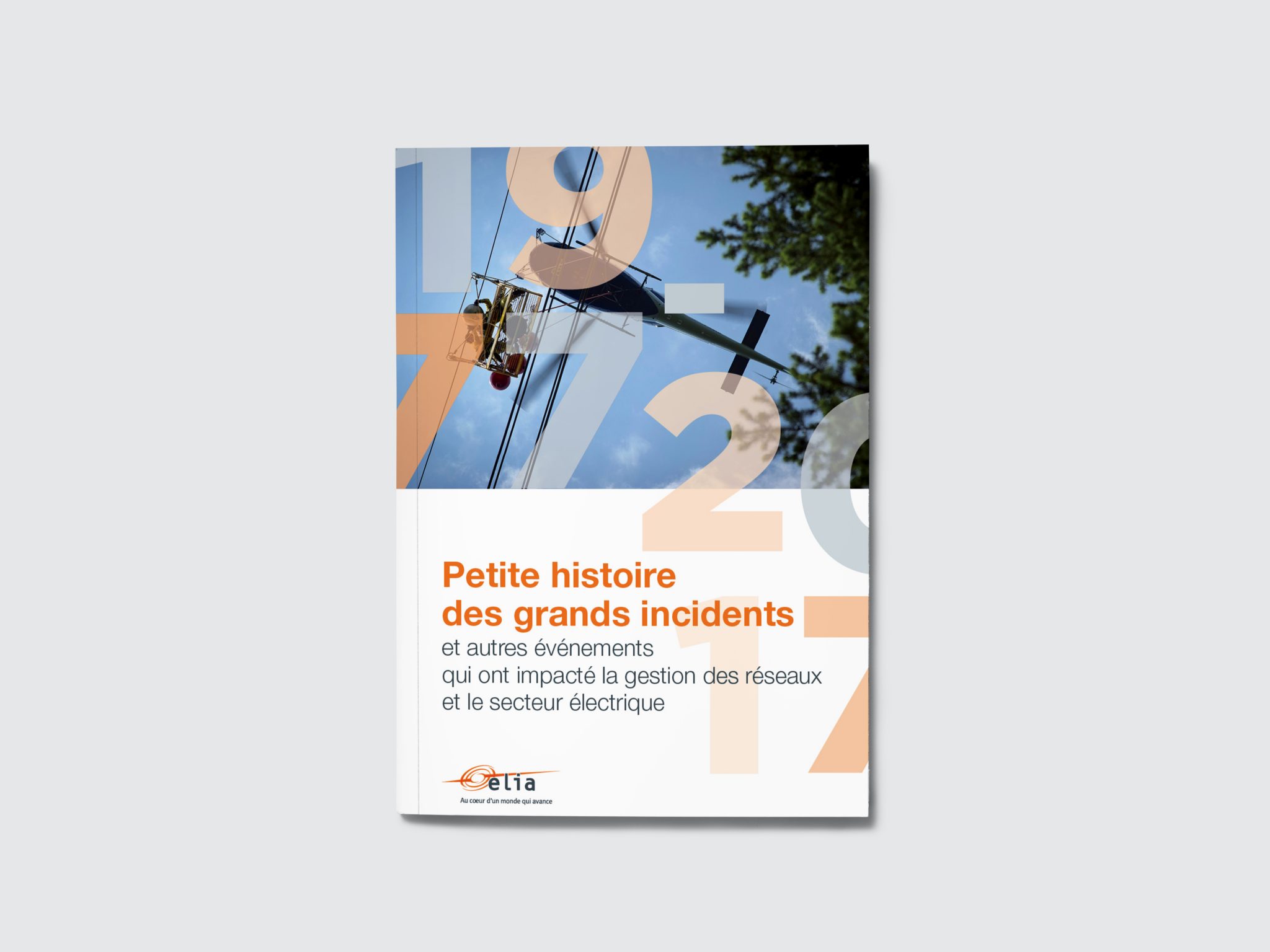
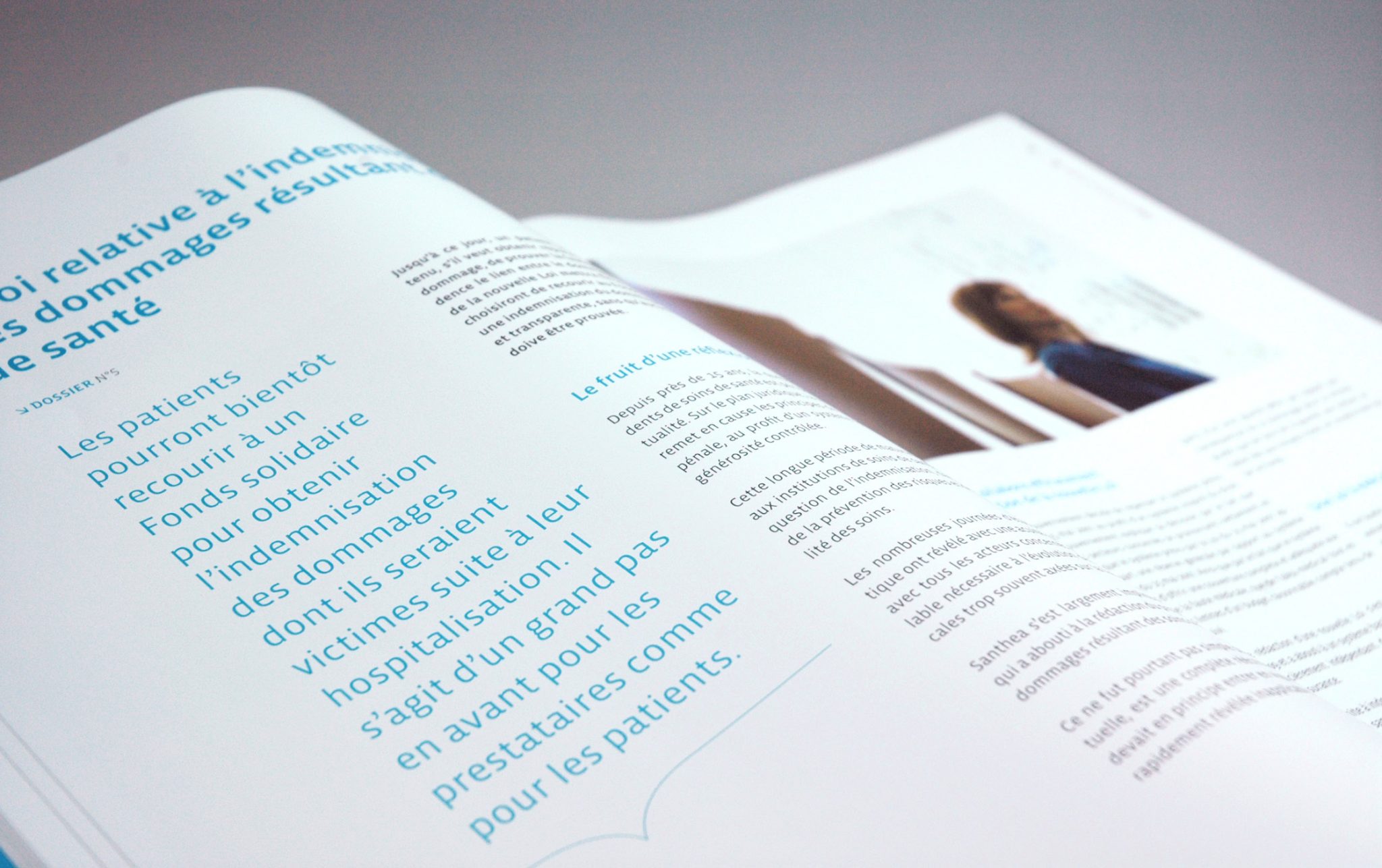
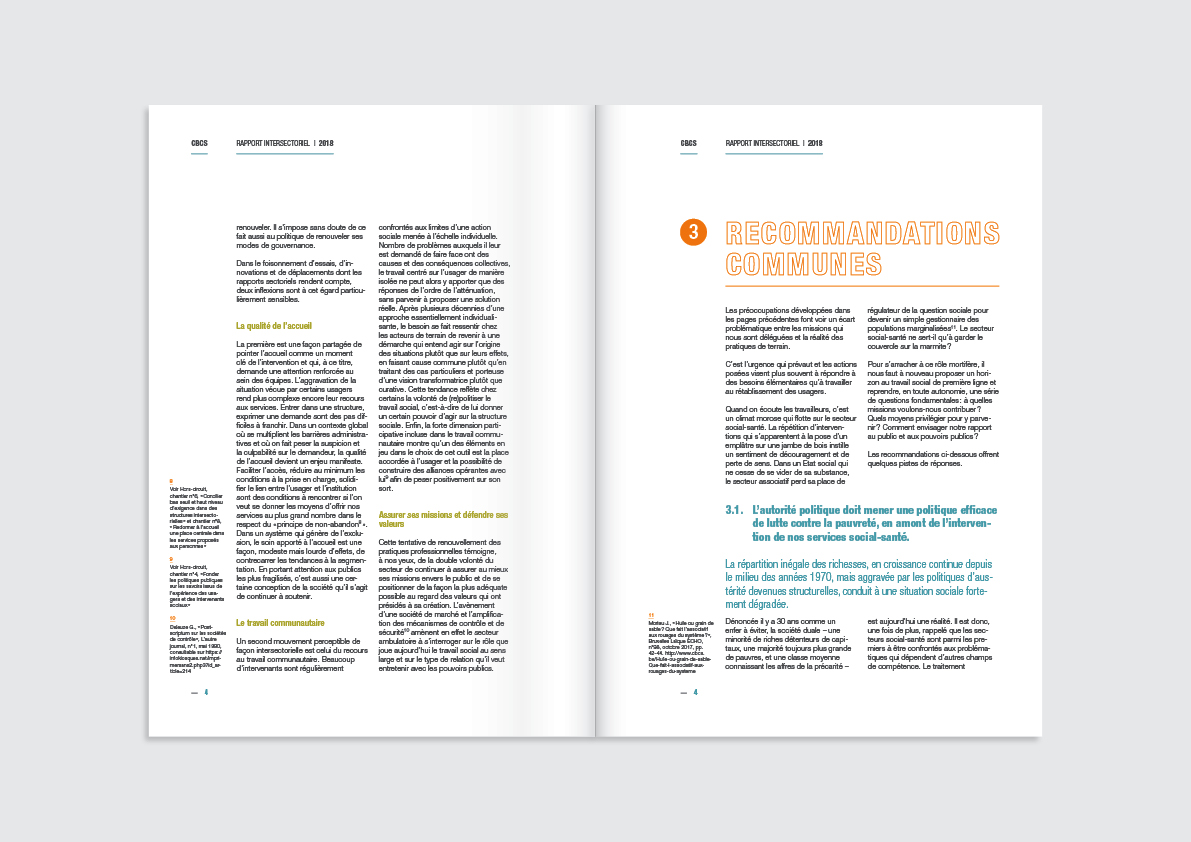
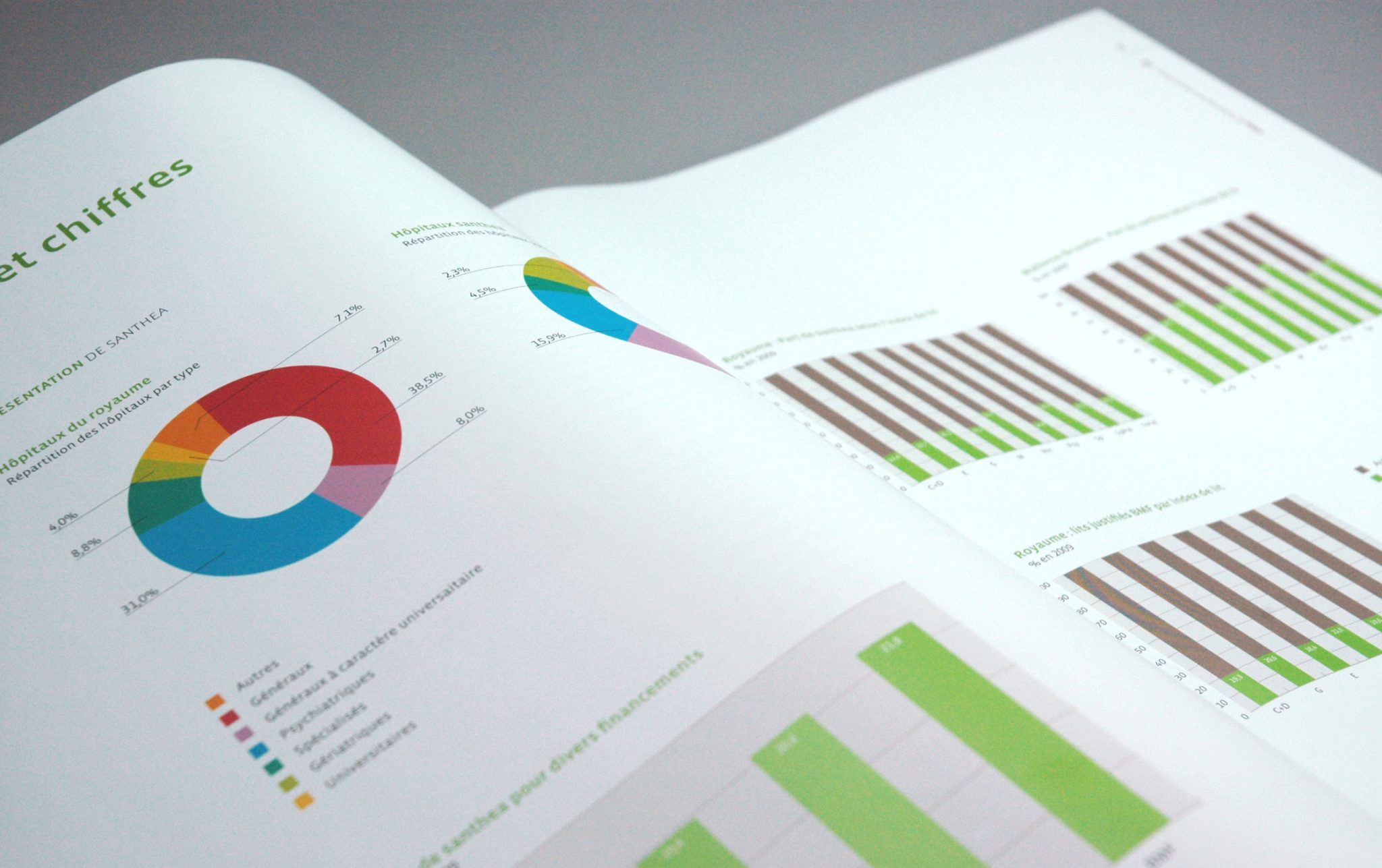
External communication:
What tools are available to companies?
There are many ways for a company to make itself known, improve its image, or increase its renown. In the business, we use the term “print” to designate printed marketing materials and “web” for digital tools on the Internet. As each responds to specific uses and needs, combining them thoughtfully in a multichannel communication strategy will allow you to reach the right target at the right time and in the best possible way!
Web tools
- Websites are the most well-known and can take many forms, from the simplest (a one-page storefront to guarantee visibility) to the most complex (a complete e-commerce site where you can sell your products and services directly).
- Blogs make it possible to publicize your website and expertise via articles that are easy to share on social networks.
- As for social networks, they are increasingly becoming the preferred means to bring Internet users into a company fold.
- Newsletter and e-mail marketing, which must not be confused, can provide customers with information (regularly or periodically, entertaining or commercial) by arriving directly in their inbox.
Print tools
- Business cards are a must. They fit easily into wallets and are exchanged hand-to-hand after encounters so you have a means of contacting each other.
- Flyers are small unfolded documents with a limited lifetime. They are distributed in high-traffic areas to promote an event or a special offer.
- Posters are also used to distill time-limited information, but in a larger format that can be placed in a variety of advertising spaces.
- Leaflets are a one-page folded piece of paper that provides a succinct presentation of the company, its products, and its services.
- Brochures differ in that they are usually a small paperback booklet containing a few stapled pages.
- Catalogs have a binding and contain a larger number of pages that assemble and present the company’s products in detail.
The importance of consistency
Combining these various communication tools will not have the desired effect without a strong brand identity defined beforehand in your graphic charter.
The logo, colors and typography must represent the company and ensure consistency across all media. Feel free to contact us to accompany you!
The importance of (Re) Branding
Branding, whether personal or corporate, comprises all the visual elements that define the identity of your project, your products or your services.
Although we first think of the logo, the term encompasses a multitude of other aspects: your name, the font used to write it, the shapes, illustrations and colors chosen… as well as how they are used and appear in all your communication media.
As the first point of contact with your customers, branding allows them to get a quick idea of the personality of your company and will trigger their initial emotions that will bring them to make a purchase or not. In a competitive digital world where image is everything, you can understand that the importance of careful branding is paramount!
Send the right message
To benefit your strategic positioning and make you stand out, your graphic style guide must convey your values and your philosophy visually. By delivering the right message to your target audience, you increase the chances of connecting with them and giving them the perfect opportunity to identify with you.
The strength of consistency
We are reassured by what is familiar to us, right?
Identifying and recognizing your company inspires trust in your prospective customers. Consistent branding across all media testifies to your conscientiousness and your professionalism. It is therefore necessary to think globally in order to offer a clear and coherent whole, which can be adapted to your different communication channels, be it a website, business cards, packaging or any other promotional and advertising tool.
A breath of fresh air
If your company has been around for a while now, you might need an element of novelty, or maybe you need to make a few adjustments to better suit your current activity.
Reviewing your logo and graphics gives you the opportunity to provide a breath of fresh air. Changing course can sometimes be tricky, so do not hesitate to enlist a professional!
An expert’s advice
Calling on a graphic design office is the best way to develop or review your brand image. At Studio Witvrouwen, we have been supporting companies and institutions for more than 30 years. Always attentive to our customers, our work is the synthesis of our customers’ needs and the studio’s own vision. The result is a pure design for increased readability in a completely original form. Precisely what you need to boost your business!
